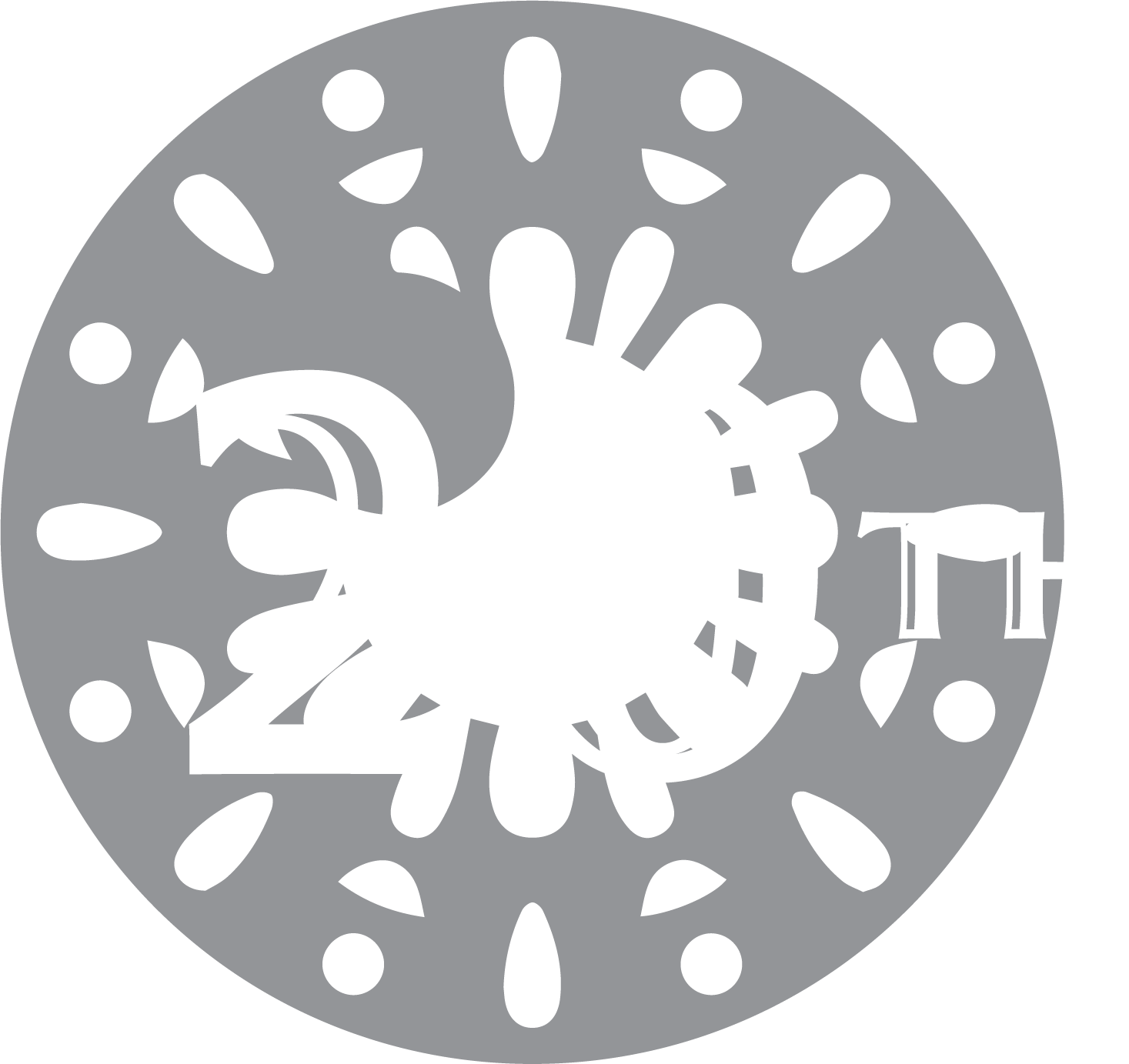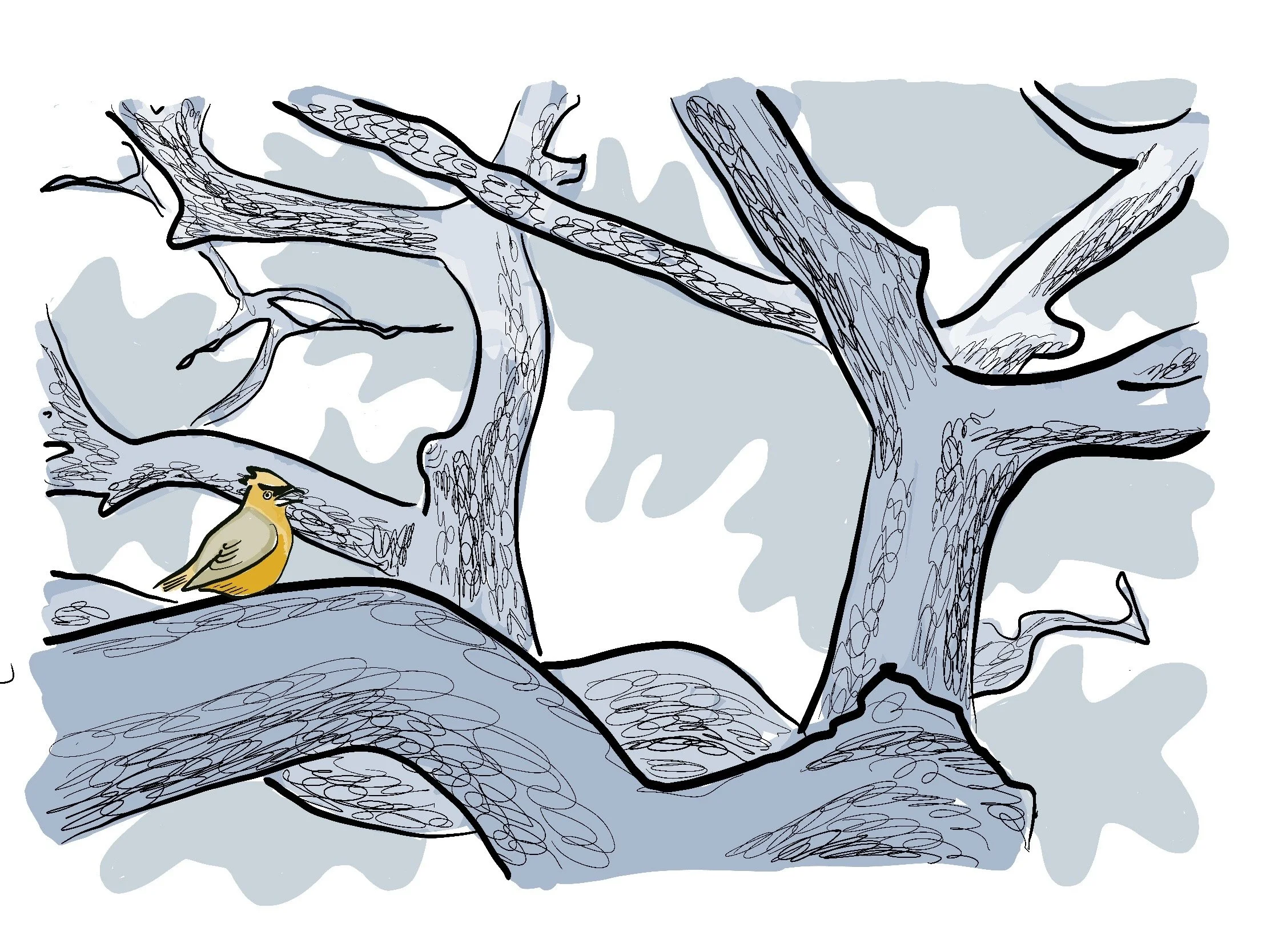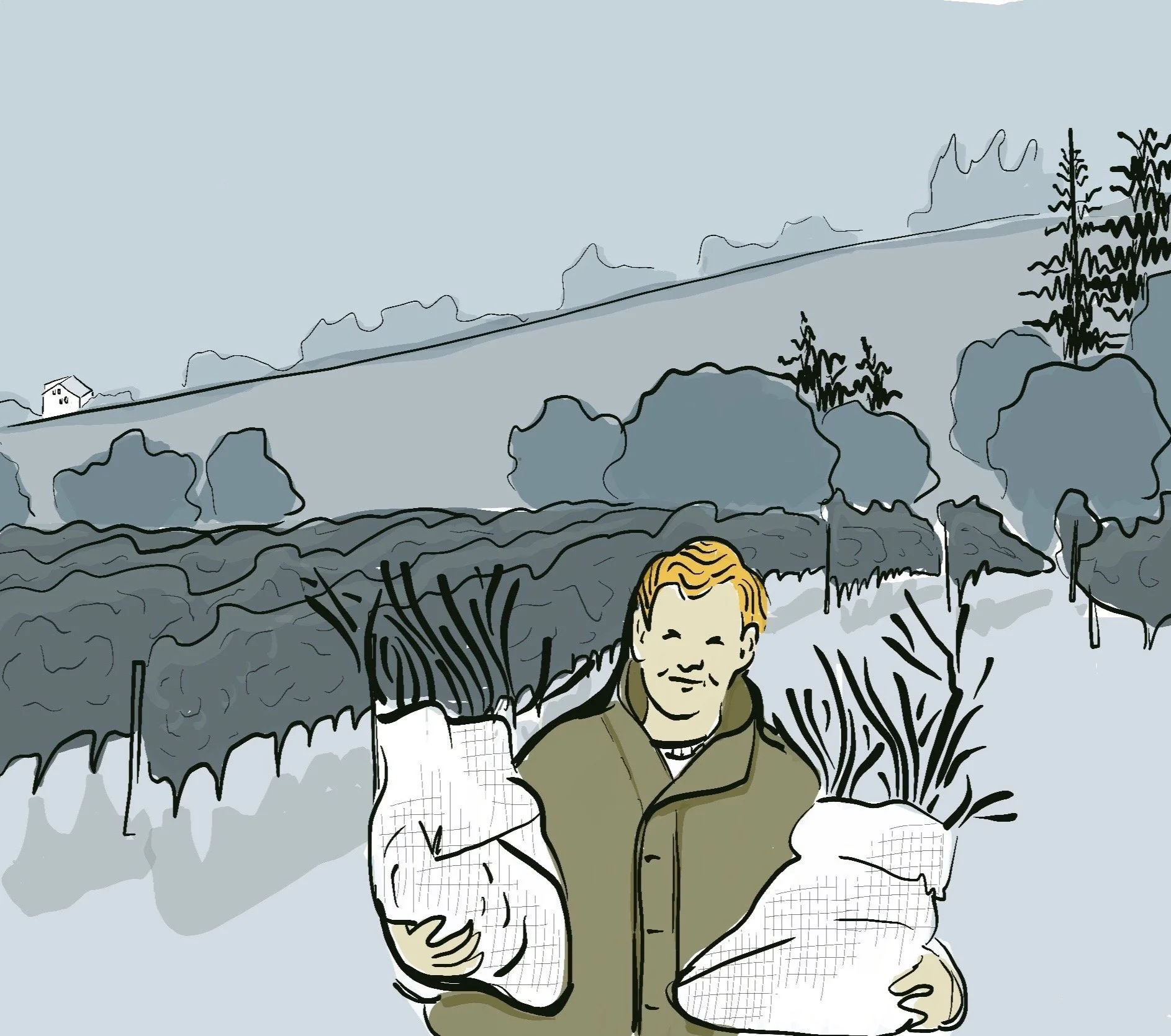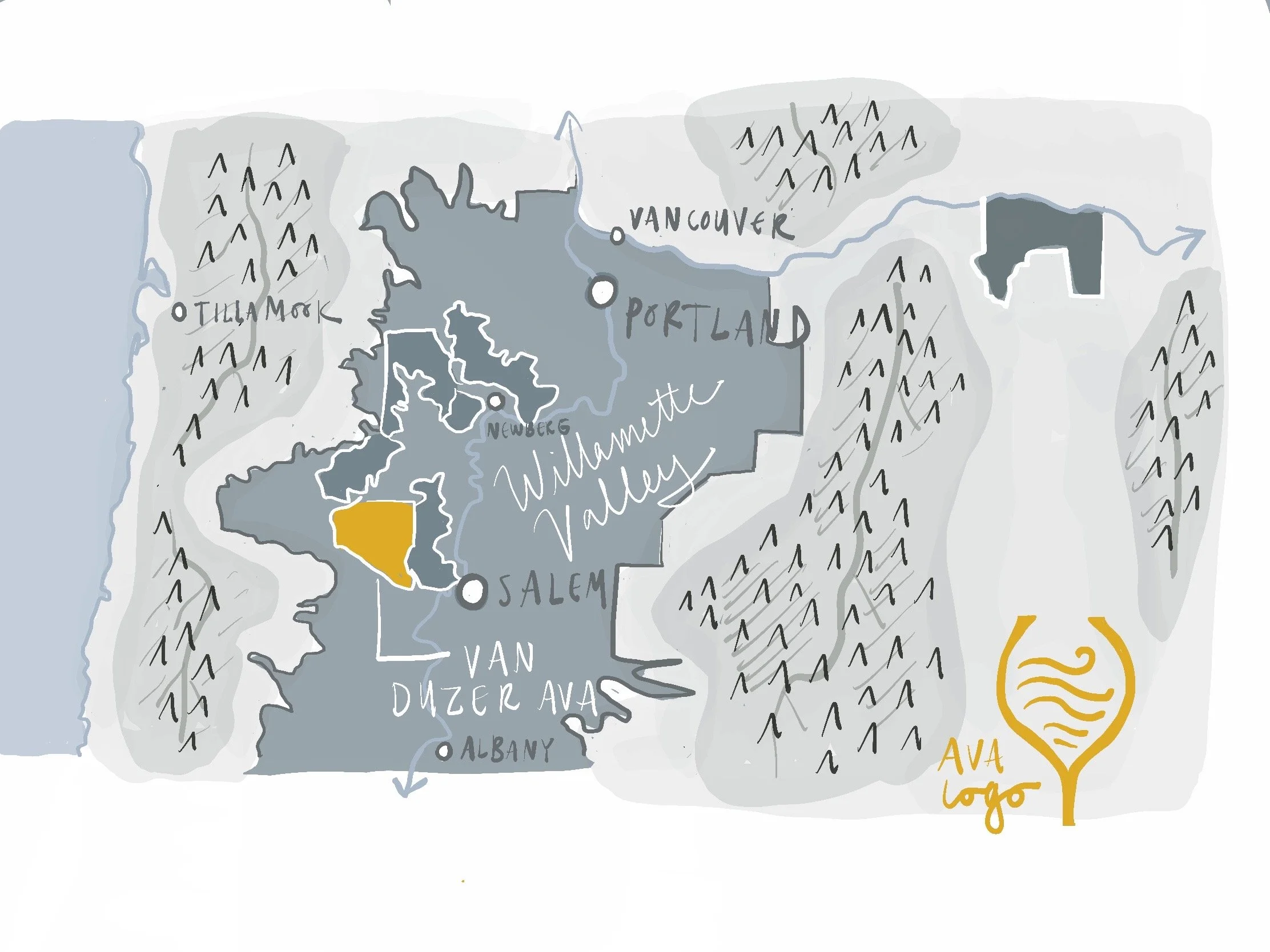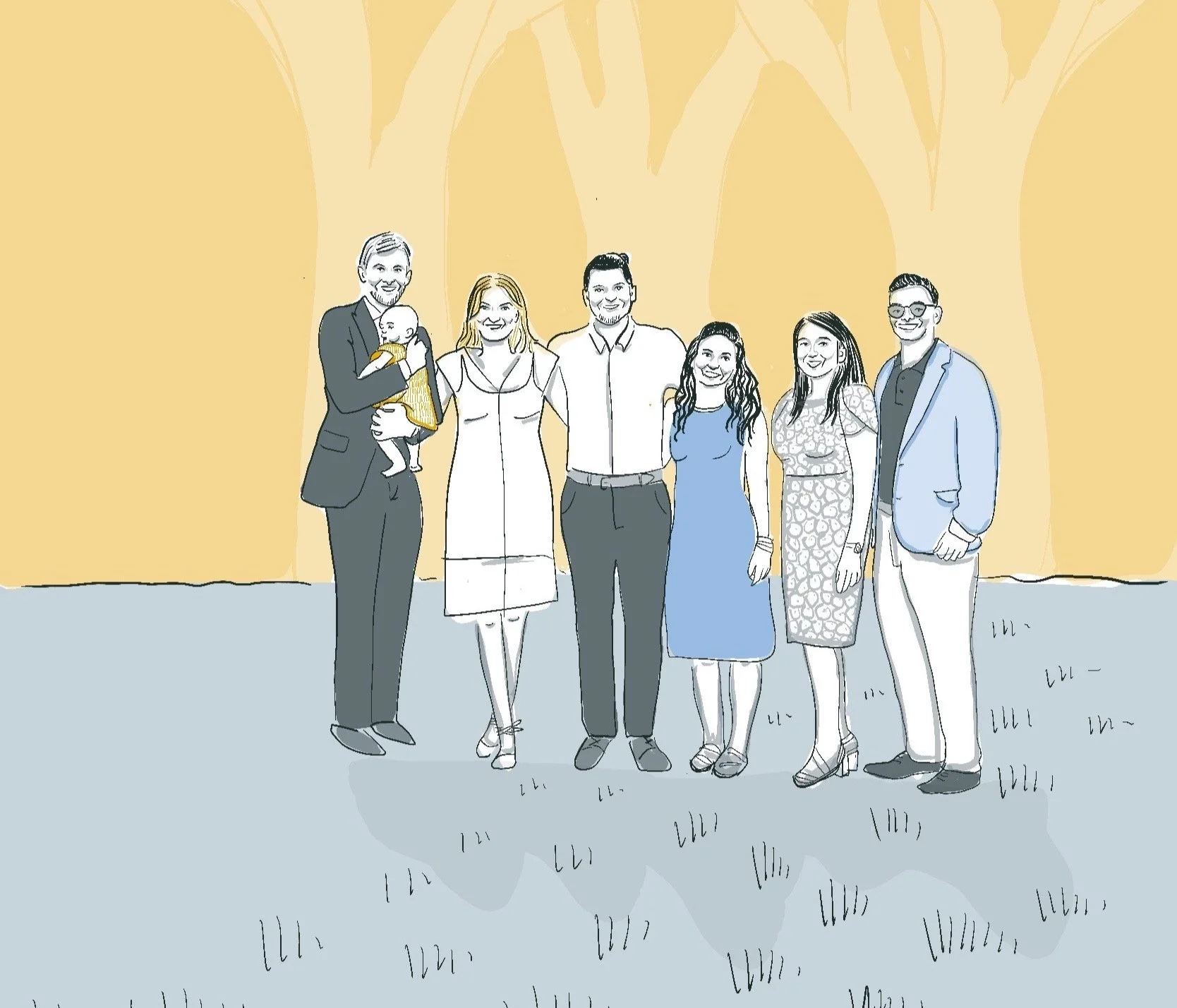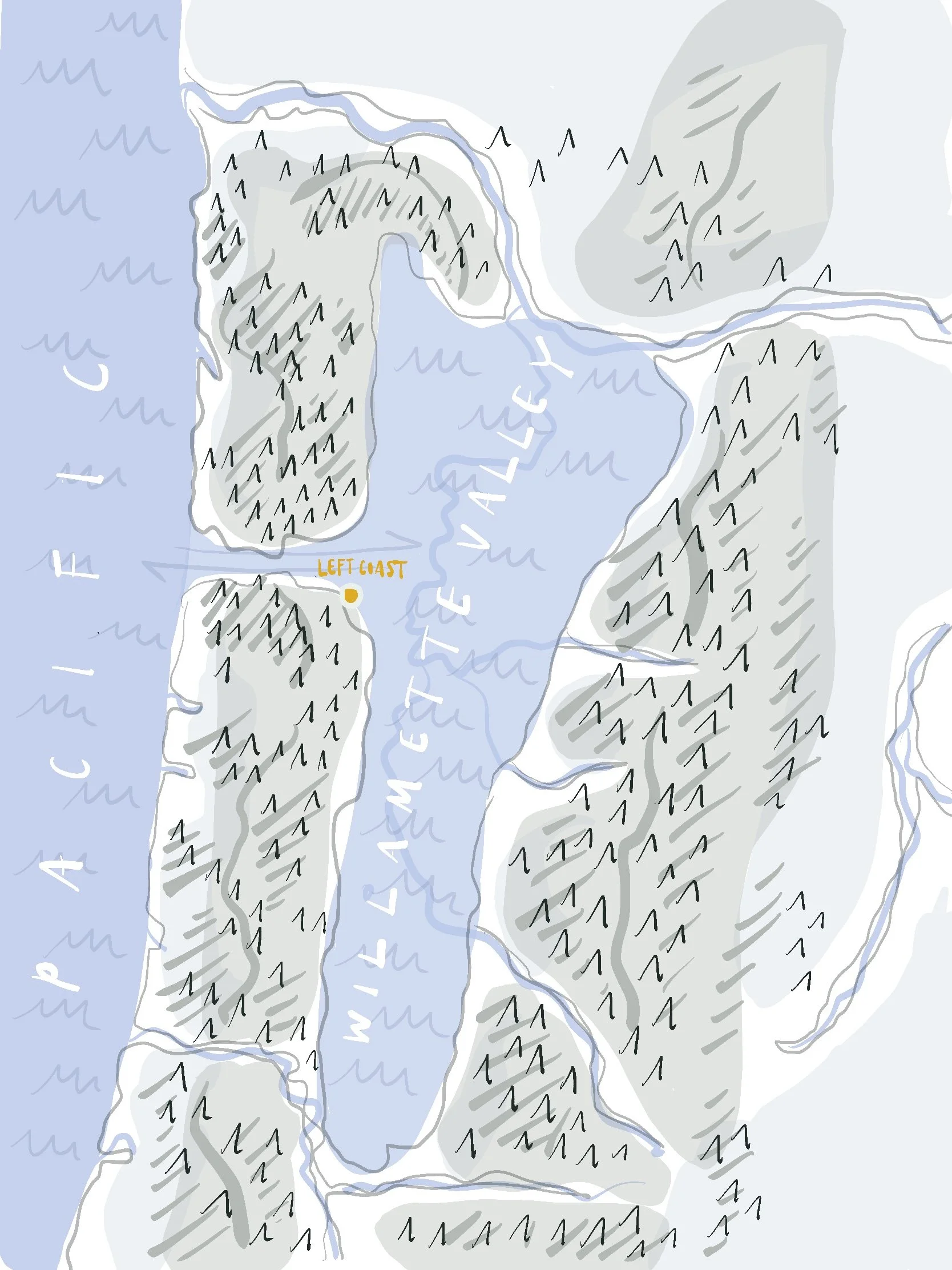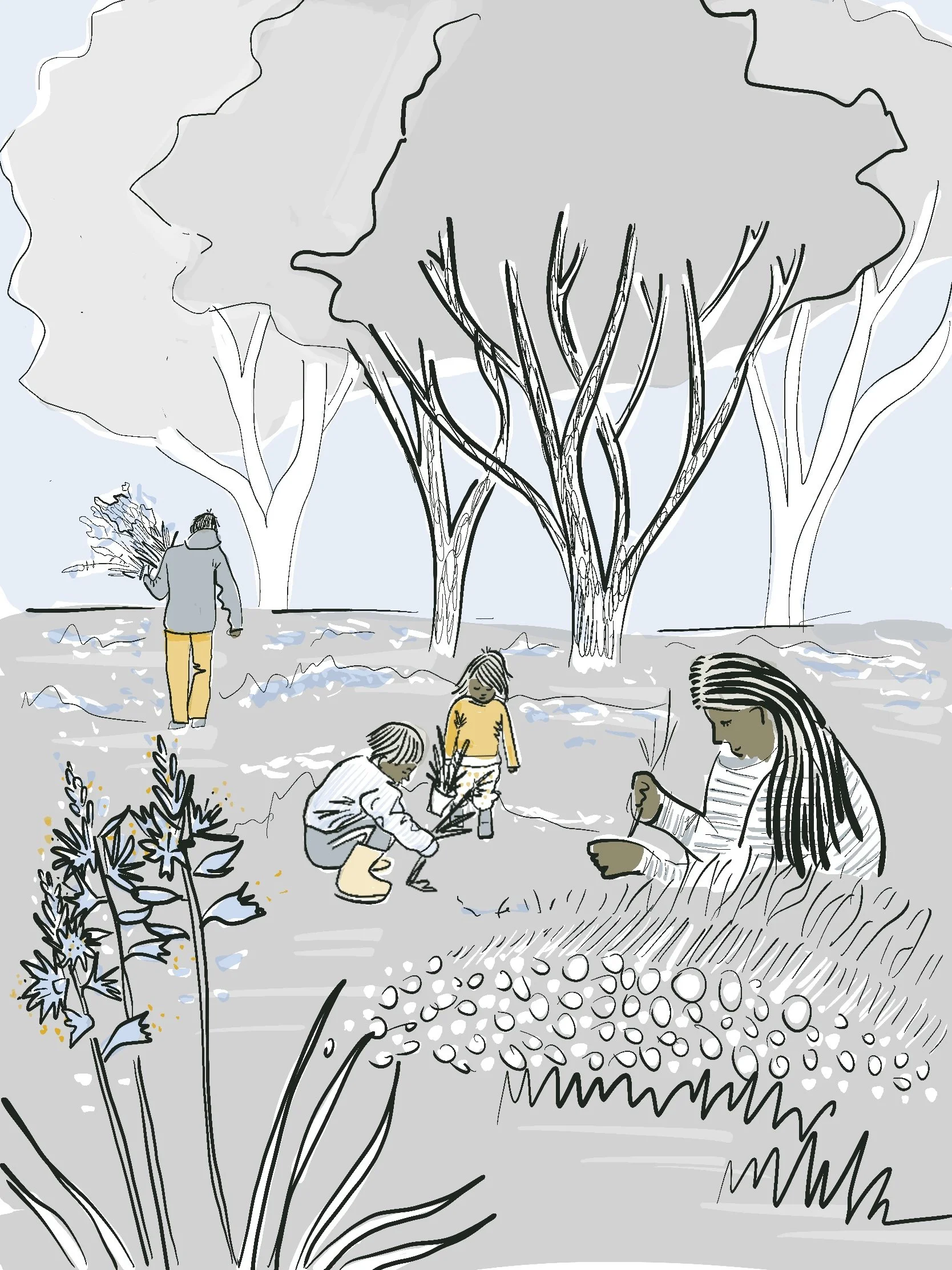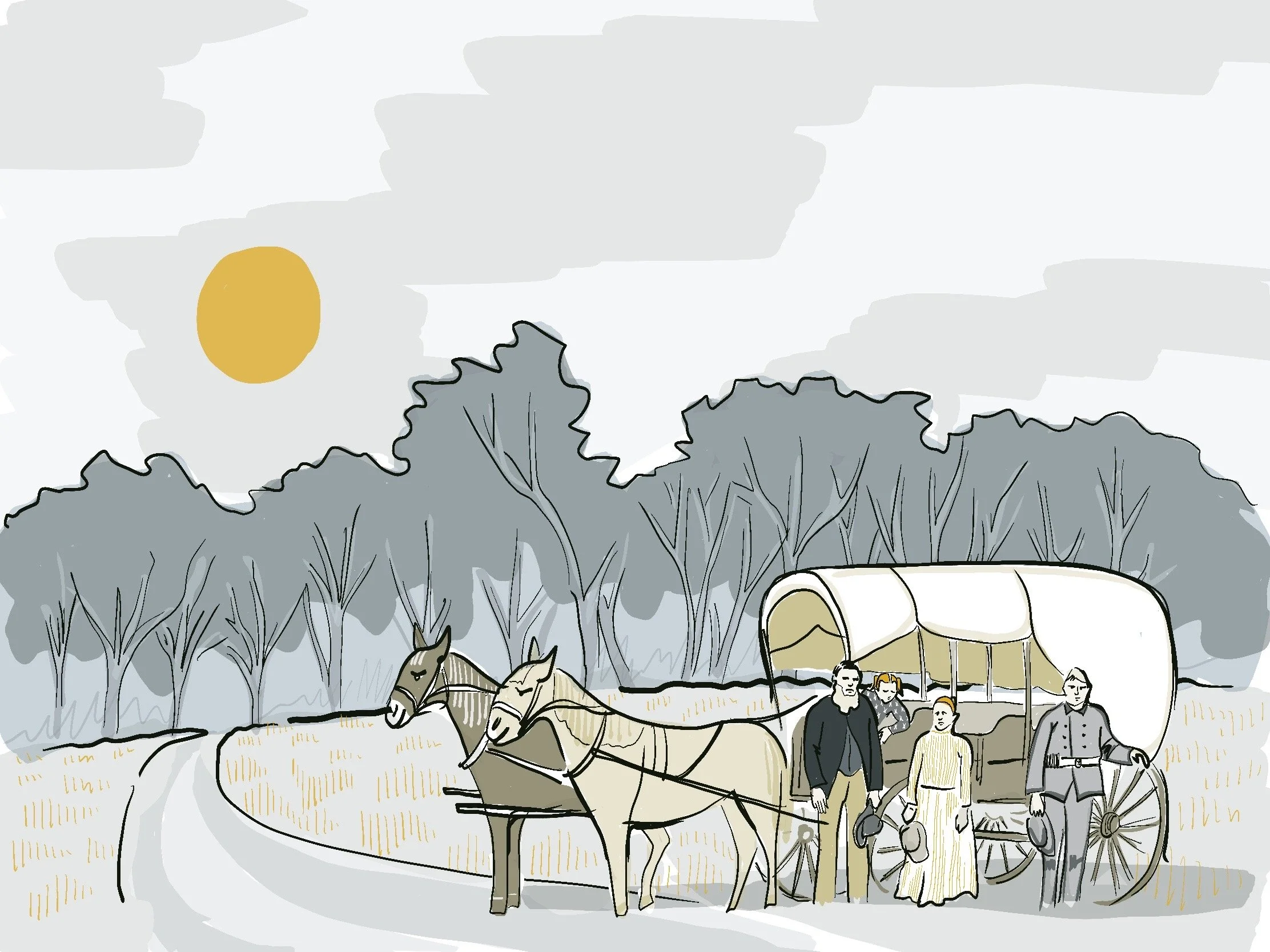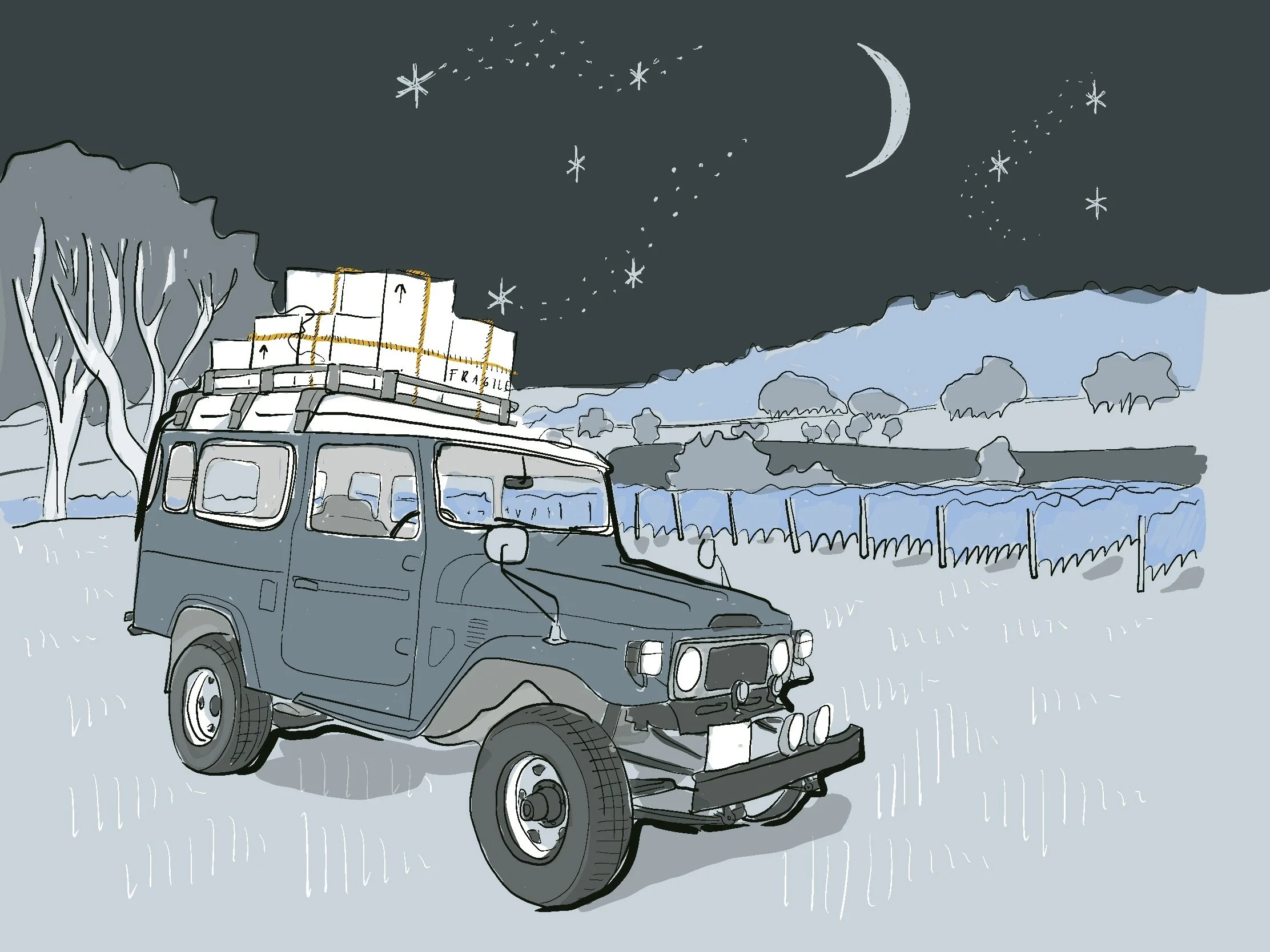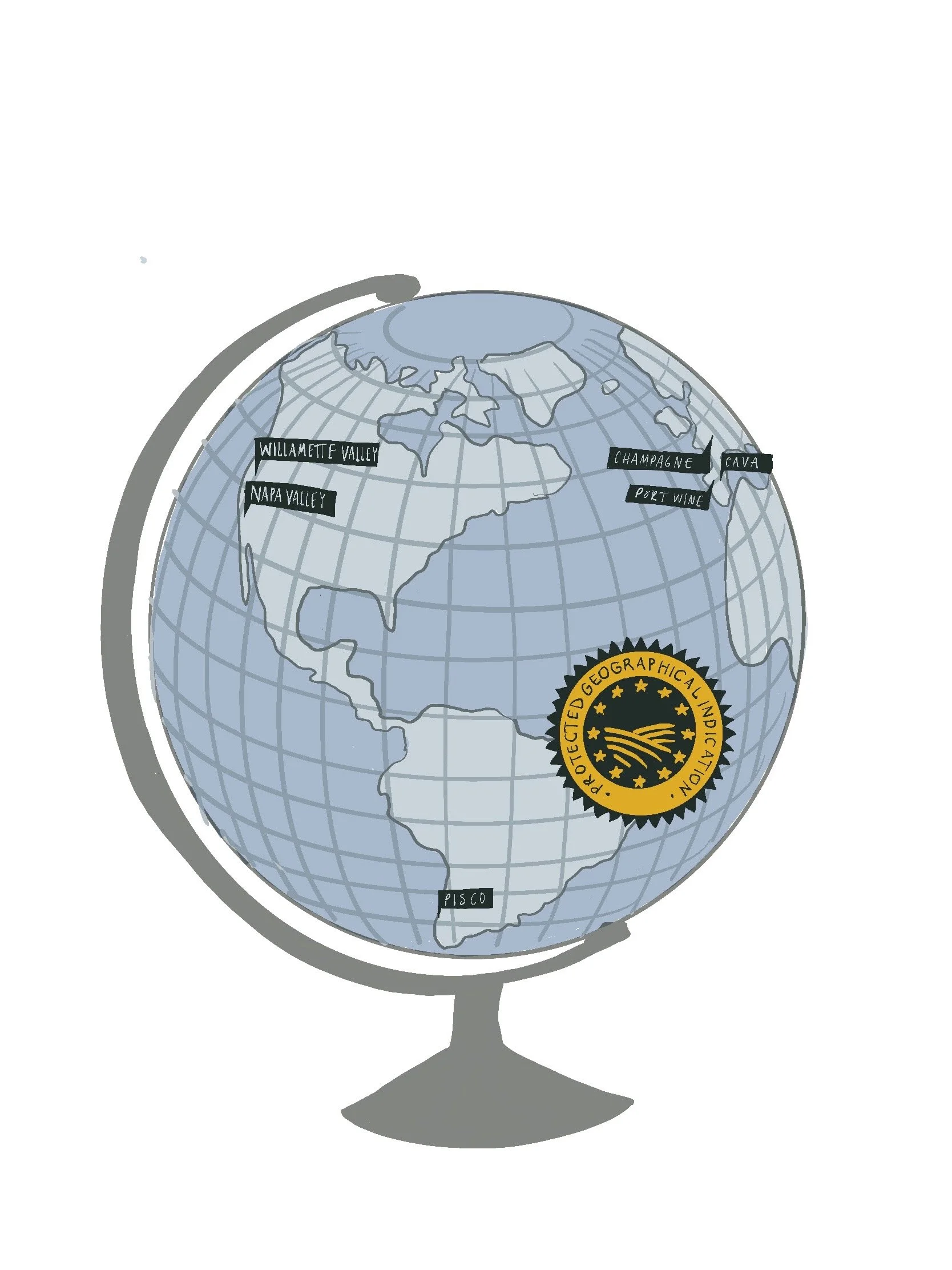Left Coast 20: Timeline
“Whatever it is, the way you tell your story online can make all the difference.”
In honor of Left Coast’s 20th Anniversary, we delved into the rich geological, natural, and cultural history of the Left Coast property. Illustrated and assembled by Creative Director / Family Ownership, Cali Pfaff, this interactive timeline offers a glimpse into the layered narratives that shape Left Coast Estate and where we hope to take it from here.
13,000-15,000 Years Ago
-
Around 15,000 years ago there was a succession of colossal floods from an inland lake near Missoula, Montana. These were the largest known floods in history and left behind vast layers of silt and glacial sediment. These rich flood deposits are ideal for farming. At Left Coast we have some of the largest erratic boulders in the State. These were carried hundreds of miles by glacial floodwaters, embedded in chucks of glaciers the size of cruise ships.
“Whatever it is, the way you tell your story online can make all the difference.”
1622-today
-
The seedlings of the oldest Oregon White Oaks on Left Coast’s property first took root some four hundred years ago, around the time Spanish sailors first documented the Oregon Coast. Quercus garryana is the only native oak species to Northern Oregon, Washington, and British Columbia, with a range extends into central California. Habitat loss has been precipitous for the species, with only 3% of its natural range still intact. With a lifespan of 500 years, many of Left Coast’s largest trees are at the end of their life cycle. Oaks are keystone species, acting as the backbone of their ecosystem and allowing a web of codependent species to thrive. We have spent the past 10 years conserving the existing oaks and rebuilding a native savanna where the next wave of seedlings can take root.
1847-1980
-
From the earliest days of European settlement, vineyards were present in the Willamette Valley; however, recognition of the area as a winemaking region would not take place until the 1960’s. Richard Sommer established HillCrest in 1961 and in the following decade, David Lett and the Coury’s would establish Pinot Noir as the signature varietal of the Valley. The 70’s and 80’s saw a vanguard of upstart wineries whose low impact approach to winemaking coalesced into a recognizable style and put the region on the map. Many of the founding families supported and mentored younger winemakers, including our own team, lending to a collaborative and informal atmosphere that still marks the culture of Oregon winemaking today.Description text goes here
2019
-
Left Coast is located south of many of the well-known Oregon wine towns, such as Carlton and Dundee. The property is located in an agricultural reserve, preserving both the land uses that make our work possible and the area’s 150-year-old rural character and charm. In 2019, our region’s cohort of winemakers were honored with the formal designation of the Van Duzer Corridor AVA (American Viticultural Area). AVA’s recognize ‘specific geographic or climatic features that distinguish it from the surrounding regions and affect how grapes are grown’ (TTB). The Van Duzer Corridor and its cooling ocean breezes allow wineries in our area to grow varietals that benefit from strong diurnal shifts in temperature, such as Pinot Noir.
“Whatever it is, the way you tell your story online can make all the difference.”
2023
-
Now in our third generation, the 20th Anniversary offers a moment to reflect on the wild path this business has carved out for our family. We have grown from a small grape growing operation to one of the largest continuous properties in the Valley, balancing world-class viticulture and winemaking with large-scale environmental conservation efforts. Over 20 years, we have invested the profits back into the business to expand worker’s benefits and the scale of environmental restoration work we could take on. As a small business, we are proud that our current operation supports close to 50 employees and brings quality jobs to our corner of rural America. The work continues for our next generation.
“Whatever it is, the way you tell your story online can make all the difference.”
15 Million Years Ago
-
15 million years ago
For 35 million years, the future soils of the Willamette Valley existed as a shallow ocean floor on the continental shelf of the Pacific Ocean. The collision of the Farallon and North American tectonic plates eventually pushed the land mass up out of the sea and induced large-scale volcanism. These processes combined to eventually create the Coastal Range, the Cascades Mountains and the Willamette Valley as we know it today. During formation, layers of marine deposits were continuously stacked on top of each other to create the unique soil composition and abundant marine fossils found throughout our soils.
Time Immemorial - Today
-
The Kalaypuya is an association of Native American tribes, united by three indigenous languages and a territorial range throughout the Willamette Valley. Local groups include the Tualatin and Yamhill and most descendants are now members of the Confederated Tribes of the Grand Ronde Community of Oregon. Tribal territories often align with tributary watersheds of the Willamette and Umpqua Rivers. The Willamette offers a range of riverine, prairie, savanna, and forest habitats where the Kalapuyans and their descendants live and forage. Among those habitat types, the Kalapuya manage and expanded the native oak savannas and prairies through annual controlled burns. Left Coast lies on the unceded territory of the Kalaypuya people. Camas lilies, present in the Left Coast savanna in April and May, is a seasonal dietary staple of the Kalaypuya.
1850
-
The Donation Land Claim Act was a federal statute to promote homesteading first in Oregon’s Willamette Valley and later in California. The statute allowed settlers to lay claim to up to 320 acres of unsurveyed land, provided they reside for four years before receiving title. The act was a precursor to the 1862 Homestead Act and established the Oregon Trail as the primary passage for homesteaders from Missouri to the West Coast. Pioneer Henderson Luelling travelled across country with Oregon’s earliest known grape plantings in 1847. The property of Left Coast was platted by Oregon Trail settlers, the Fulkerson family, who farmed the land from 1847 to 1950’s. Across the property, there are vestiges of those pioneering years. The rambling grove of apple trees, from which we make Estate cider, are over 150 years old and can be seen—and picked—along the entry drive up to the winery. Description text goes here
“Whatever it is, the way you tell your story online can make all the difference.”
2003
-
Left Coast was founded in 2003 with our inaugural vintage in 2004. Our ownership model is unique; the parents founded the business but the company has owned in its entirety by the next generation from day one. This future-minded approach has allowed us to pace our growth and make decisions based on the long arch of what is right for the property and the people we support, rather than being purely profit-driven. Over the course of our 20 years in the business, we have found our niche, balancing the ecological needs of the land with the careful craft of winemaking. We believe our approach to habitat conservation increases the health and resilience of our vines and provides tasting notes and textures unique to our property. Description text goes here
“Whatever it is, the way you tell your story online can make all the difference.”
2021
-
In 2021, the Willamette Valley received international recognition as a premier wine growing region through a protected geographical indication from the European Union. Just as Champagne and Barolo are protected as distinctly French and Italian products, wines from the Willamette Valley now have formal protections from false attributions. This milestone designation acknowledges the reputation for quality among the region’s wineries and is one of only two formal designations—Napa Valley being the other—for American wine.
Description text goes here
